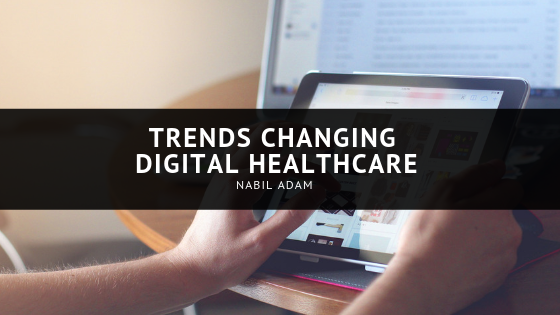Due to the ever-emerging popularity of digital healthcare, it’s essential for physicians and practitioners to jump on board to the different trends revolving around it. The future of healthcare, in general, is highly technological based and relies heavily on new technology to create better overall patient care.
Because there are so many different people in the world, digital healthcare and physicians must take into consideration that not all families will be in the middle-class range of younger millennials or technologically savvy individuals. There will be people of all incomes, backgrounds, and walks of life utilizing this type of healthcare. Because of this, it is essential to make sure it works for all people of all incomes and backgrounds without excluding certain groups of people.
To avoid too generalized care among diverse patients, these trends will need to succumb to the needs of everyone. One of the most significant trends within digital healthcare is the consumption of healthcare and prescription medication delivery. Amazon believes they can revolutionize healthcare this way by making care affordable and available to all. But again, the needs of all patients must be met in doing so.
In digital healthcare, there have been new findings with telemedicine and different apps which have been created to view medical records and order prescriptions. These findings are revolutionizing the way we see our health and the healthcare industry. One of the main goals with digital healthcare is to create ease of access for all patients.
People from low-income families may not be able to miss work to get to an appointment. Telemedicine gives relief in that area so you can still maintain your overall health, without putting your life on hold to go to your doctor’s office. Apps have also been created to make it easier to order birth control in areas where medical care may not be as prevalent as others.
Big data is a significant facet that comes into play when discussing trends of digital health care. In order to provide the best care and treatments possible, analyzing data is an essential part of doing so. Although it hasn’t been utilized to its full potential, we understand the need for continued research and data analysis in order to create suburb patient care and rethink the way healthcare is provided.

